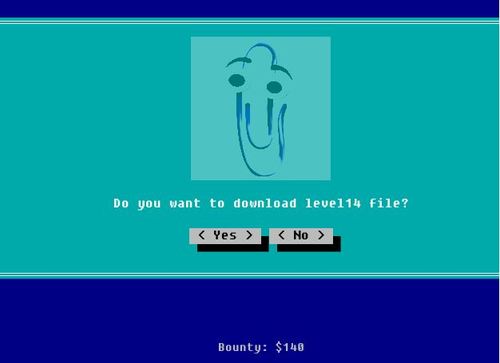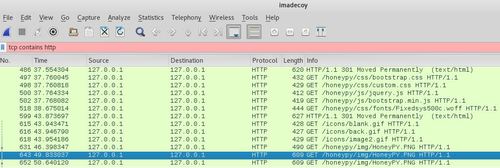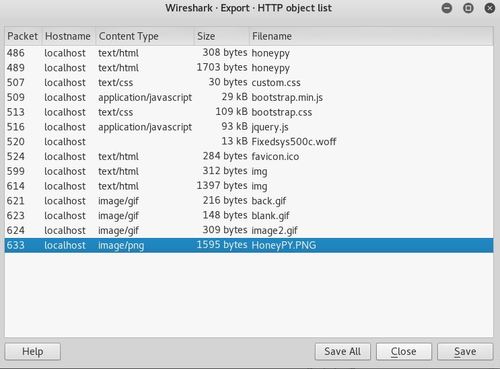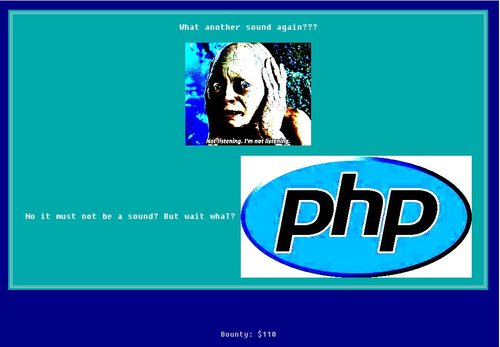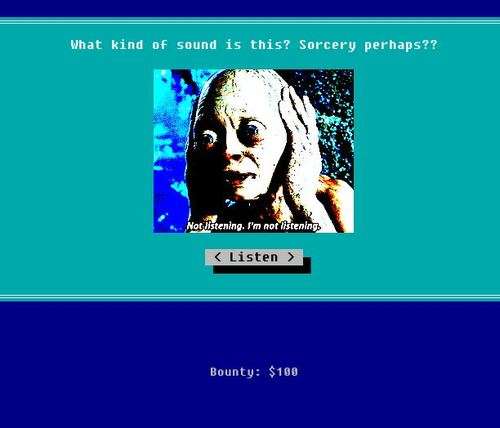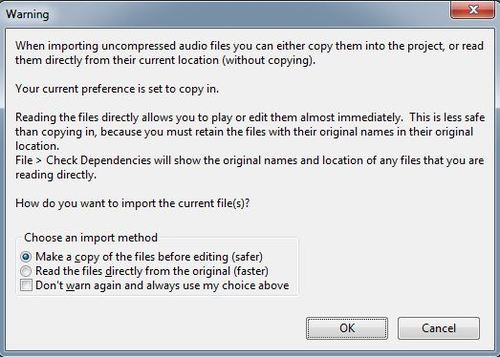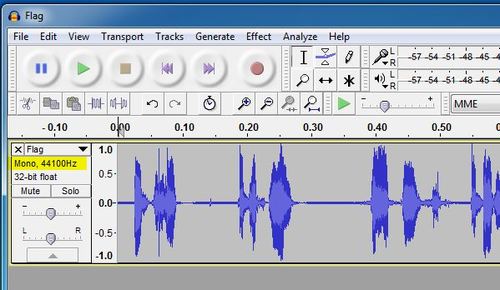Level 14 shows the exact same format of a file to be downloaded, just like some of the past few levels. So, let’s download it and get started with some analysis.
Well, it seems like there is no file to be downloaded after all, upon clicking “Yes”, it basically opens up a phpMyAdmin SQL Dump with a lot of information, mainly the databases related to level 14. Strange enough, it seems like there was a WordPress blog being setup in this database before. There were many information in this dump, including the admin login credentials.
Among the entire list, one of the most suspicious record is definitely the id number 104 record of the “friends” table,
INSERT INTO `friends` (`id`, `name`, `address`, `status`) VALUES
(104, ‘\\u0069\\u006e\\u0066\\u006f\\u0073\\u0065\\u0063\\u005f\\u0066\\u006c\\u0061\\u0067\\u0069\\u0073\\u005f\\u0077\\u0068\\u0061\\u0074\\u0073\\u006f\\u0072\\u0063\\u0065\\u0072\\u0079\\u0069\\u0073\\u0074\\u0068\\u0069\\u0073’, ‘annoying’, ‘0x0a’);
Why is the name field made up from so many weird characters and numbers?
The string is actually a hexadecimal value being written into text. See the double backslash symbol, it is for displaying the string on HTML without having any syntax error. In order to see the “real” value, you should replace the double backslash symbols (\\) with single backslash symbols (\). You can do it yourself, or choose to copy from mine (I did it using notepad’s Find and Replace feature…)
\u0069\u006e\u0066\u006f\u0073\u0065\u0063\u005f\u0066\u006c\u0061\u0067\u0069\u0073\u005f\u0077\u0068\u0061\u0074\u0073\u006f\u0072\u0063\u0065\u0072\u0079\u0069\u0073\u0074\u0068\u0069\u0073
If you throw it into a Hexadecimal to ASCII converter tool, you will get the flag for level 14, “infosec_flagis_whatsorceryisthis”
Back to write-up list for InfoSec Institute CTF #1: Hacking for n00bz
